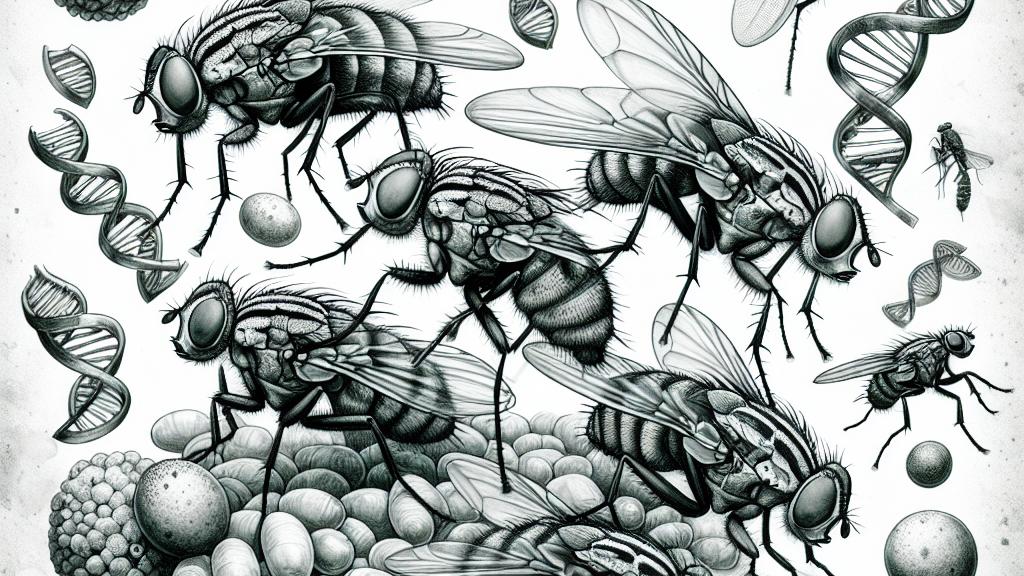Discovering How Fruit Flies Help Us Understand Physics
Overview
- Drosophila melanogaster offers crucial insights into the intricacies of biological processes.
- Research links the dynamics of fruit fly tissue to revolutionary concepts in condensed matter physics.
- Tunable interactions pave the way for significant advancements in neural networks and artificial intelligence.

The Role of Fruit Flies in Science
In the bustling realm of scientific inquiry within the United States, an unexpected hero has emerged: the humble fruit fly, Drosophila melanogaster. Often dismissed as mere pests, these tiny insects are anything but ordinary. Their rapid life cycle, complete with a wealth of genetic information, makes them invaluable to researchers. In fact, fruit flies share about 75% of the genes linked to human diseases, making exploration of their biology not just fascinating but crucial. Thanks to their ease of manipulation and observation, scientists can delve into the very foundations of developmental biology and evolutionary processes. Ultimately, by studying these little creatures, we uncover essential truths about the rules that govern life itself.
From Biology to Physics
A stunning study published in the Proceedings of the National Academy of Sciences reveals an intriguing relationship between the biology of fruit flies and core principles of physics. Spearheaded by Andrea Liu and her team at the University of Pennsylvania, this research focuses on a specific stage in embryonic development. During this key moment, a tissue known as the amnioserosa undergoes dramatic shrinking. Logically, one would expect it to behave like a fluid under such conditions—however, Liu’s findings defy this assumption! Astonishingly, the tissue retains its solid structure, revealing surprising insights into the dynamics of cellular behavior. This phenomenon showcases a unique intersection where biology meets condensed matter physics, opening new avenues for investigation.
Connecting to Neural Networks
Even more exciting is how this research connects with the Ising model, a fundamental concept in statistical physics that describes the magnetic interactions between spin particles. Liu and her colleagues proposed a ground-breaking idea: what if we can apply the same principles to the interactions of cells in a tissue? Just picture it—if spins can influence each other's behavior, then perhaps cells can also adapt their connections and retain structural rigidity. This idea of 'tunable interactions' means that cells can dynamically respond, much like neurons can in a neural network. By mirroring this adaptability in artificial intelligence, researchers may be able to develop systems that learn and evolve similarly to biological organisms. It’s a captivating intersection of nature and technology, emphasizing how lessons from the tiny fruit fly could lead to towering advancements in fields spanning from biology to artificial intelligence!

Loading...